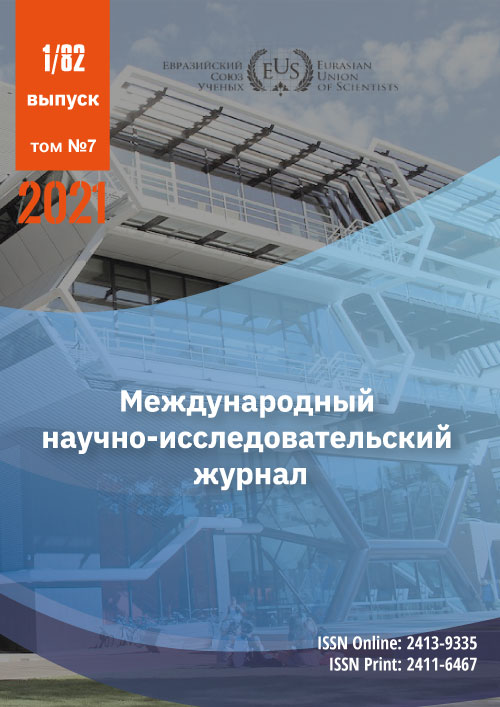ELECTRONIC JUSTICE: BASIC PROVISIONS AND DEVELOPMENT PROSPECTS
Abstract
The article deals with the issues of technical innovation in the judicial sphere. The main subject of consideration is e-justice and its main provisions: how it helps to improve the judiciary. The article examines the positive aspects of the federal law, which approves the activities of electronic justice. Also, possible shortcomings are not ignored, which are refuted during the study. The conclusion summarizes the successful implementation of new technologies in judicial activity.
References
Митрофанова М.А. / Человек и право 2009. Вып. 9. С. 25 – 28
Официальный сайт Верховного суда РФ / работа отечественных судов в условиях пандемии // 21 апреля 2020 года / http://www.supcourt.ru/press_center/news/28858/
Система ГАС «Правосудие» / https://ej.sudrf.ru/
ФЗ228 от 27.07.2010 «О внесении изменений в Арбитражный процессуальный кодекс» / http://www.consultant.ru/document/cons_doc_LAW_103105/
CC BY-ND
A work licensed in this way allows the following:
1. The freedom to use and perform the work: The licensee must be allowed to make any use, private or public, of the work.
2. The freedom to study the work and apply the information: The licensee must be allowed to examine the work and to use the knowledge gained from the work in any way. The license may not, for example, restrict "reverse engineering."
2. The freedom to redistribute copies: Copies may be sold, swapped or given away for free, in the same form as the original.







